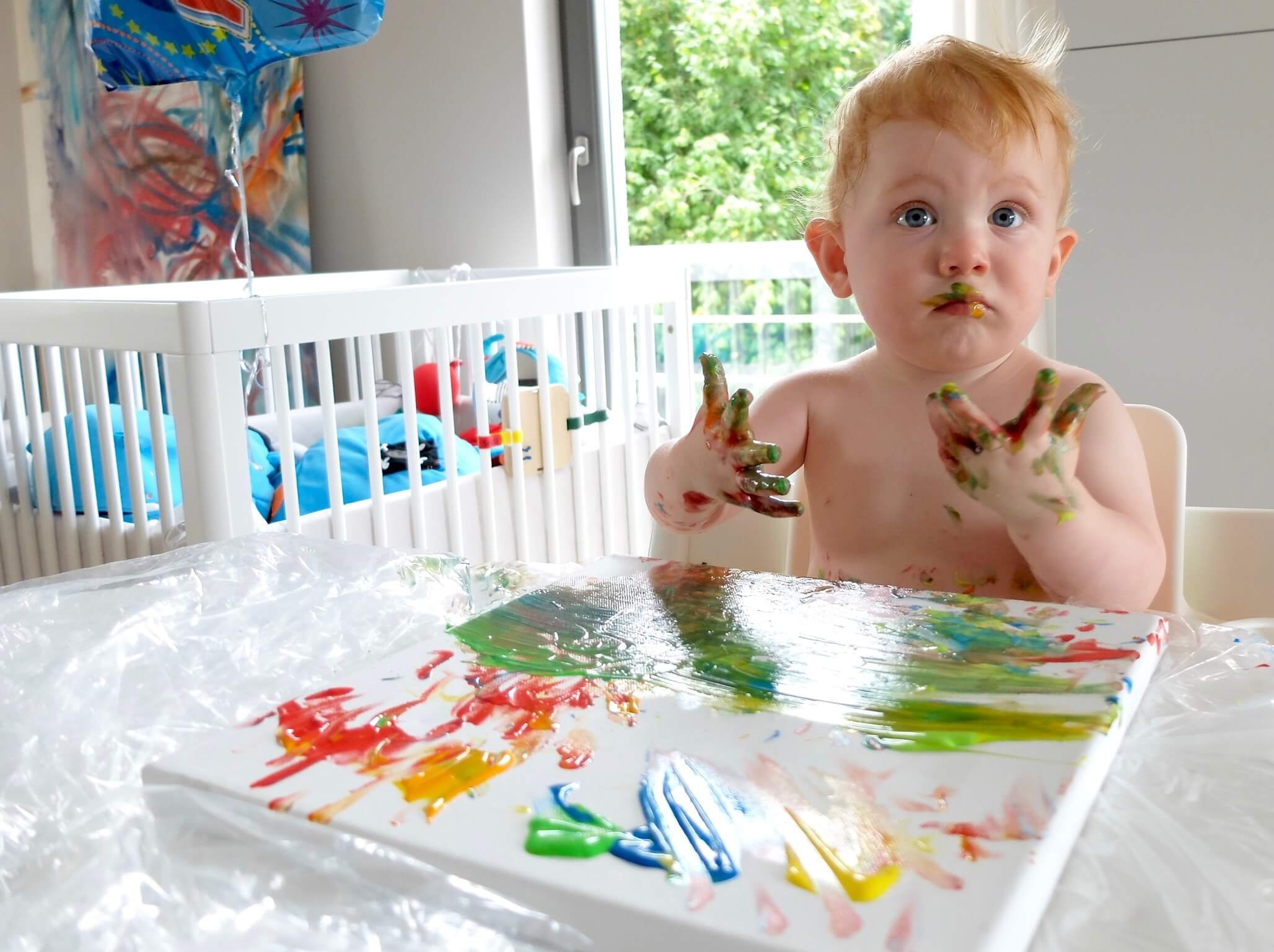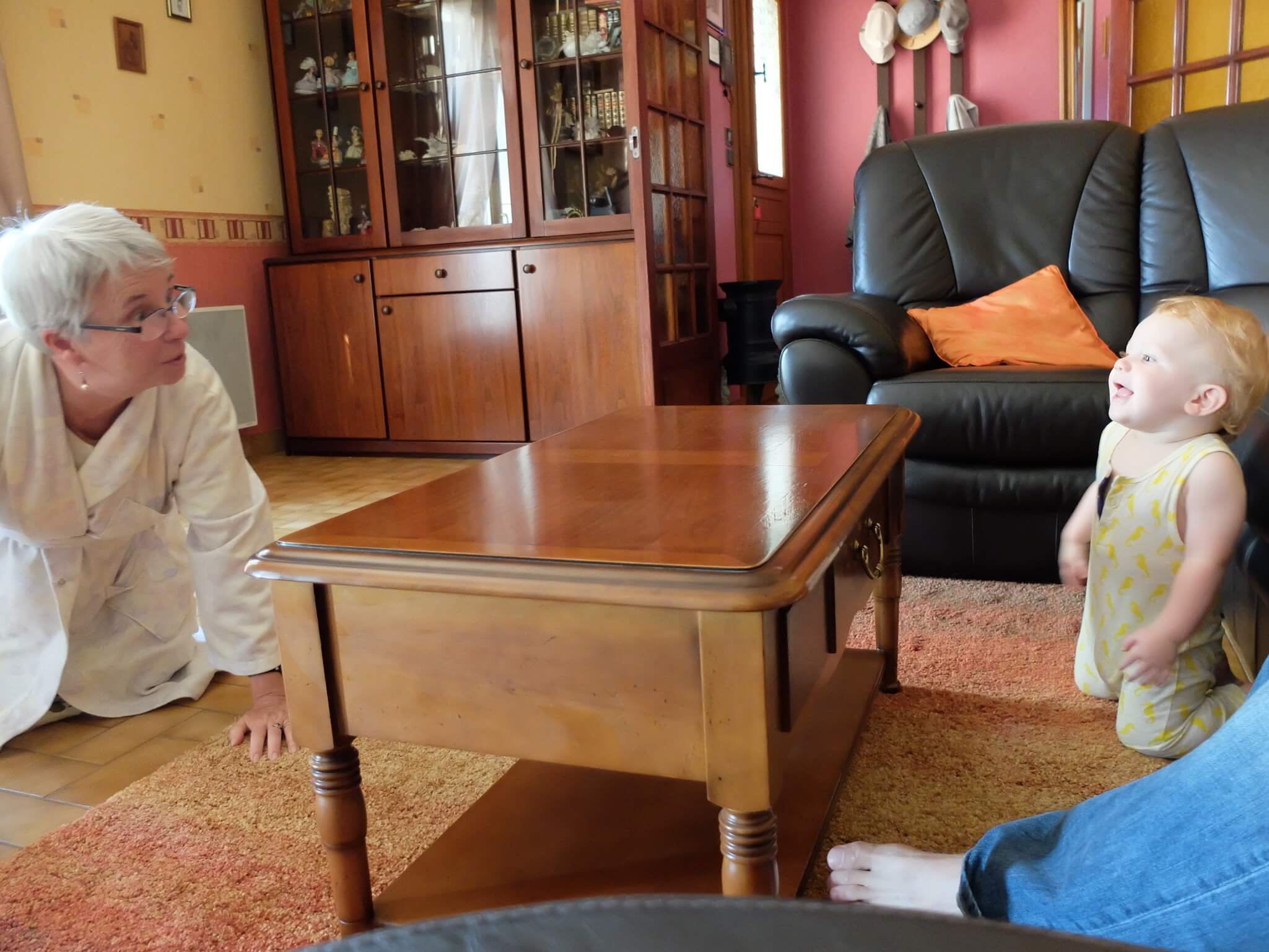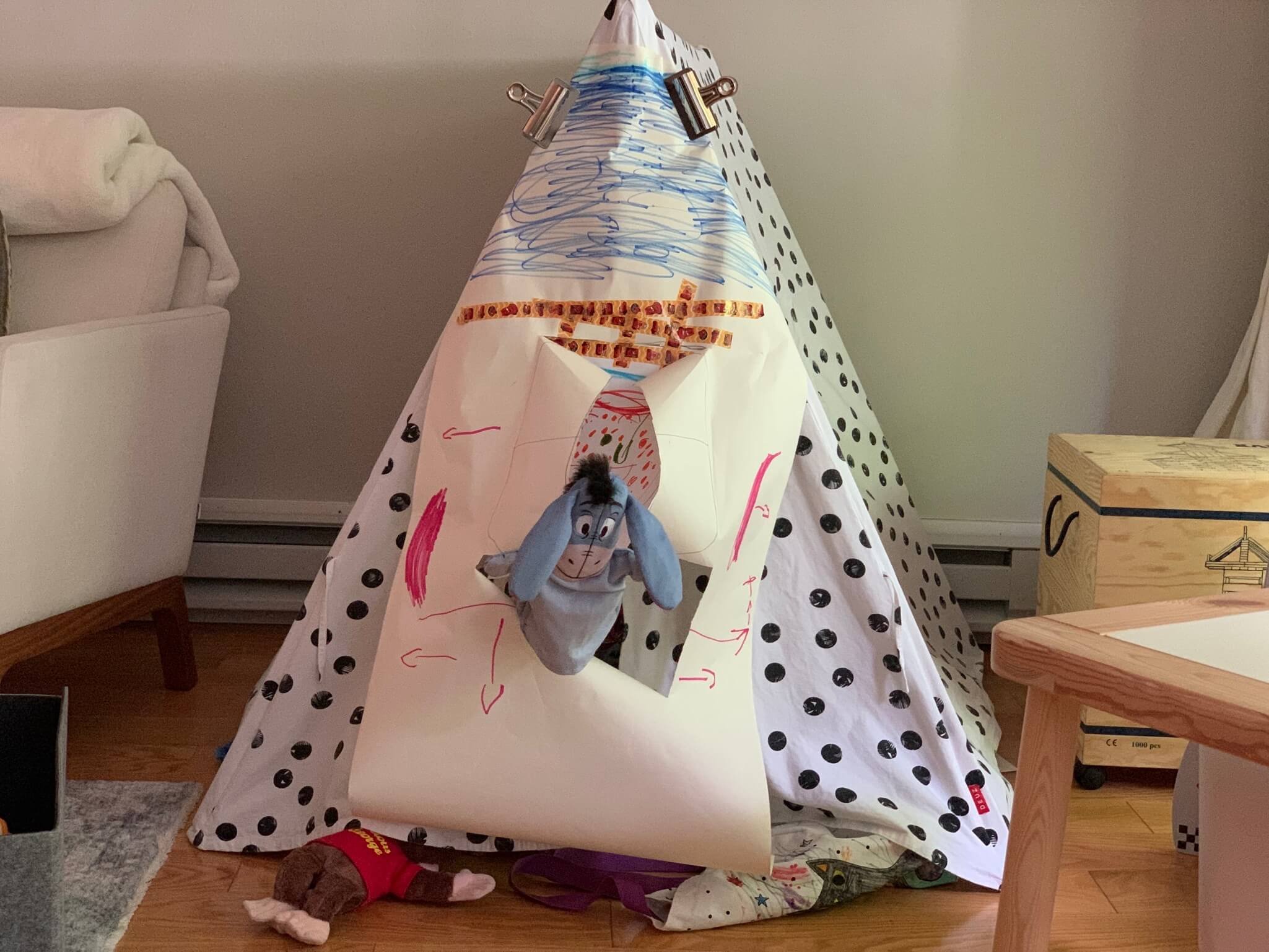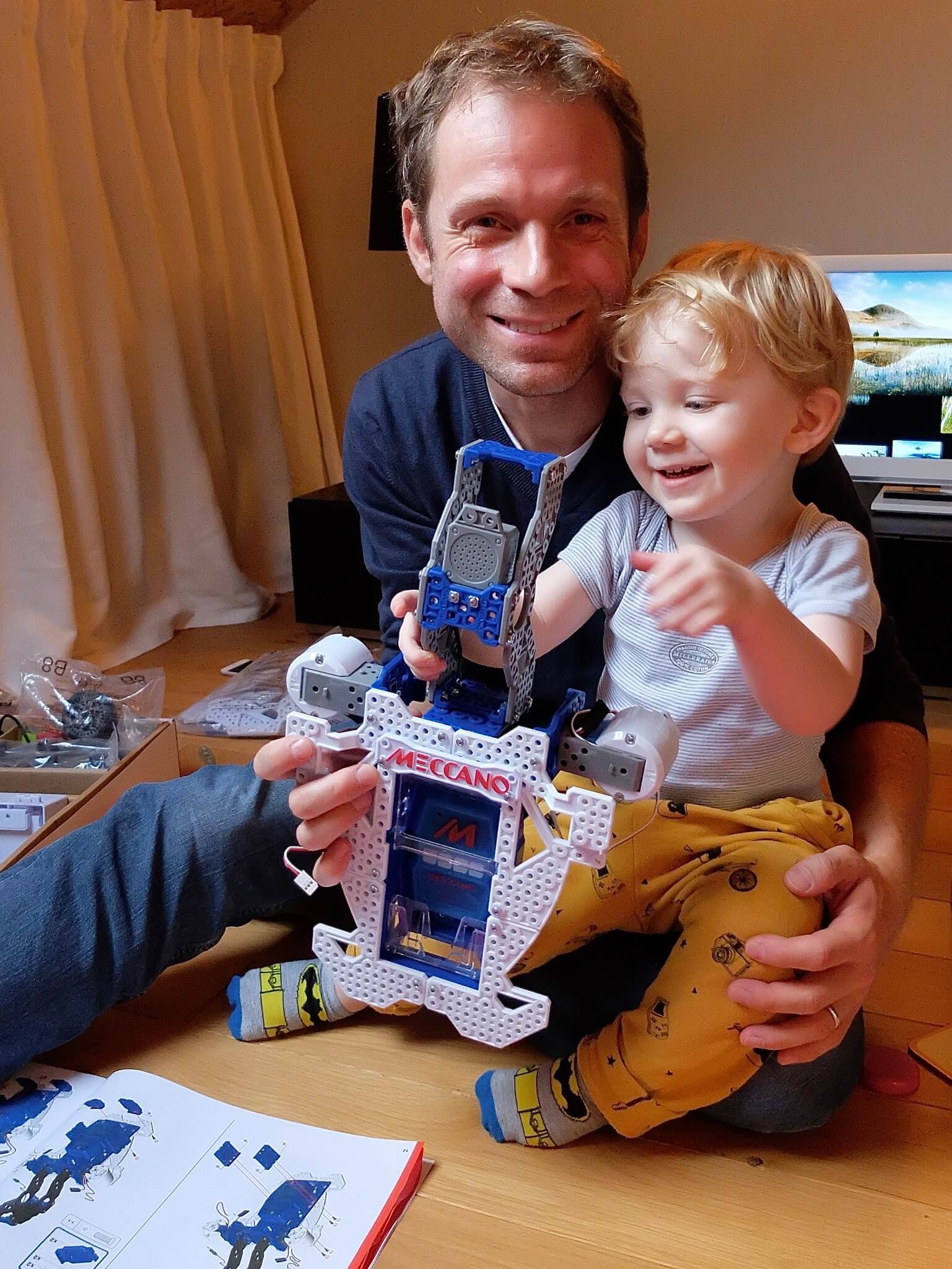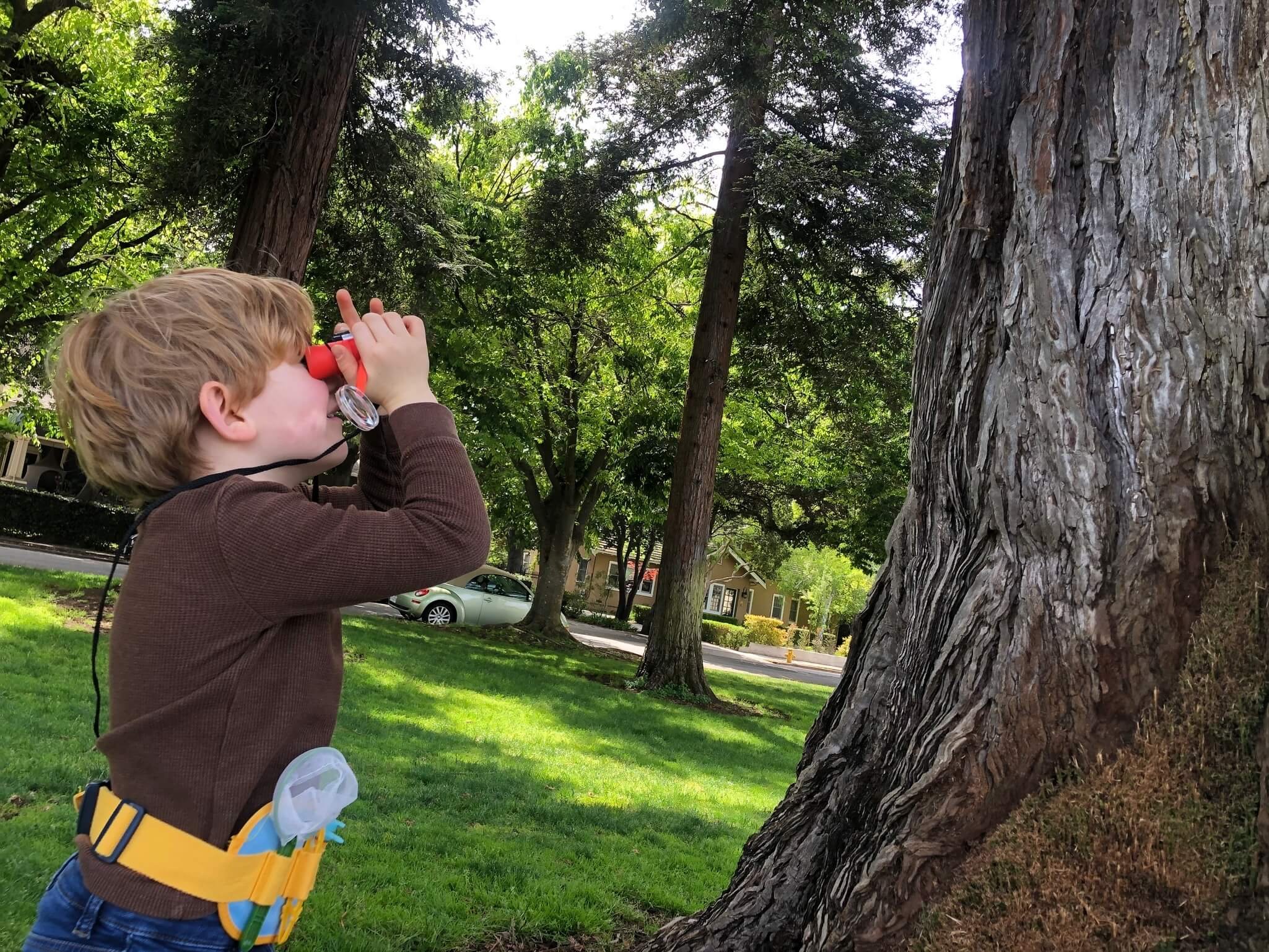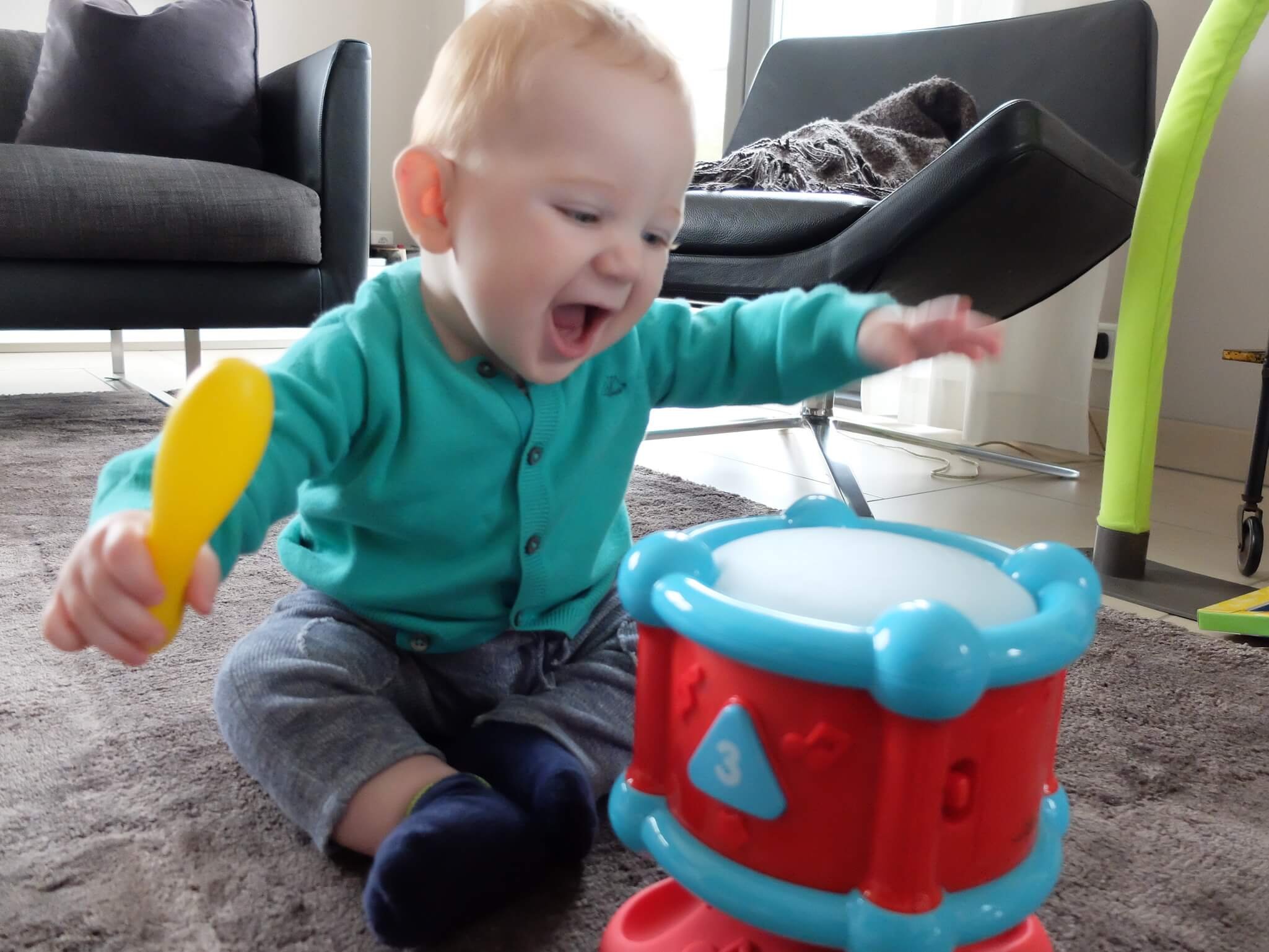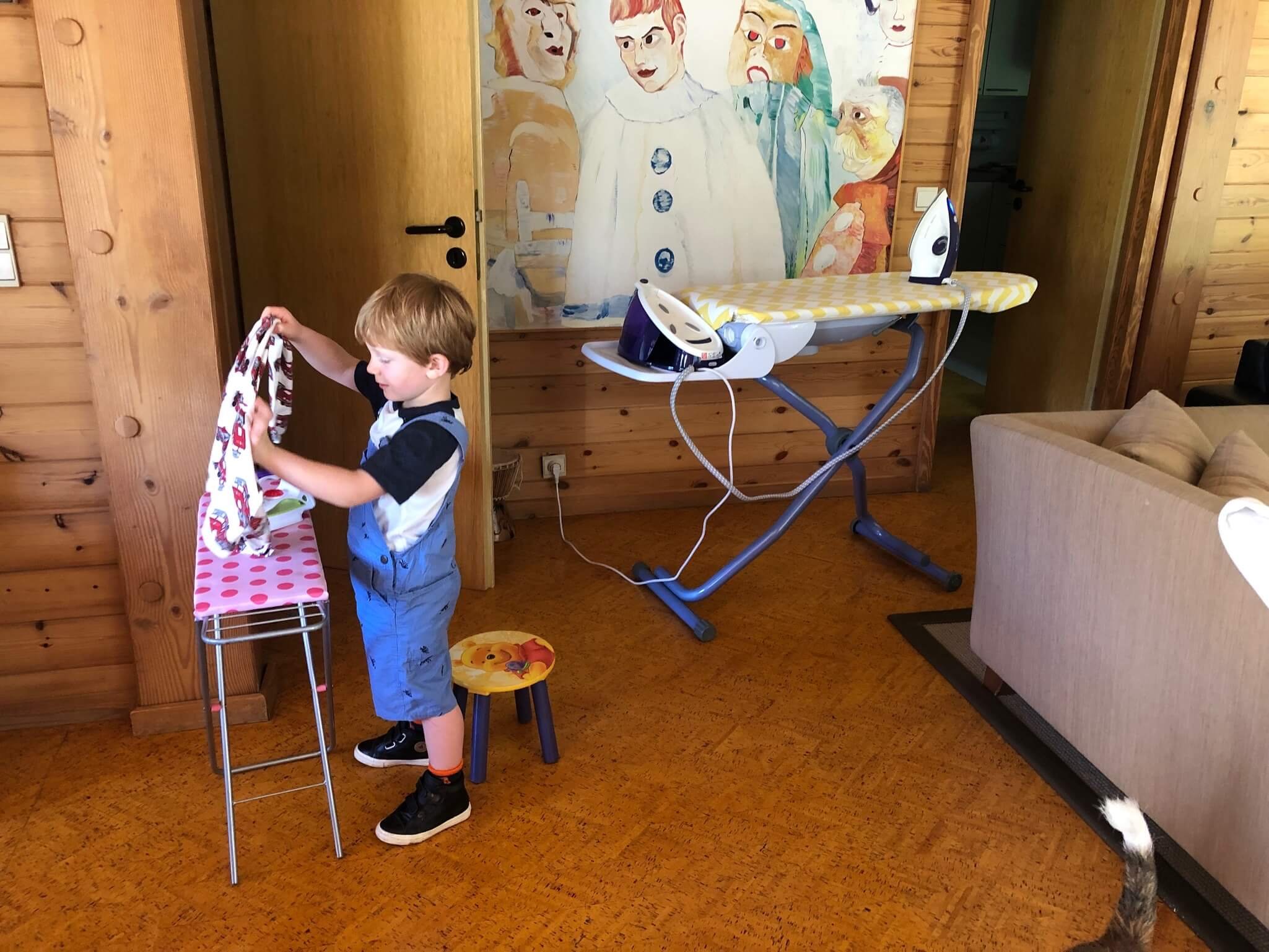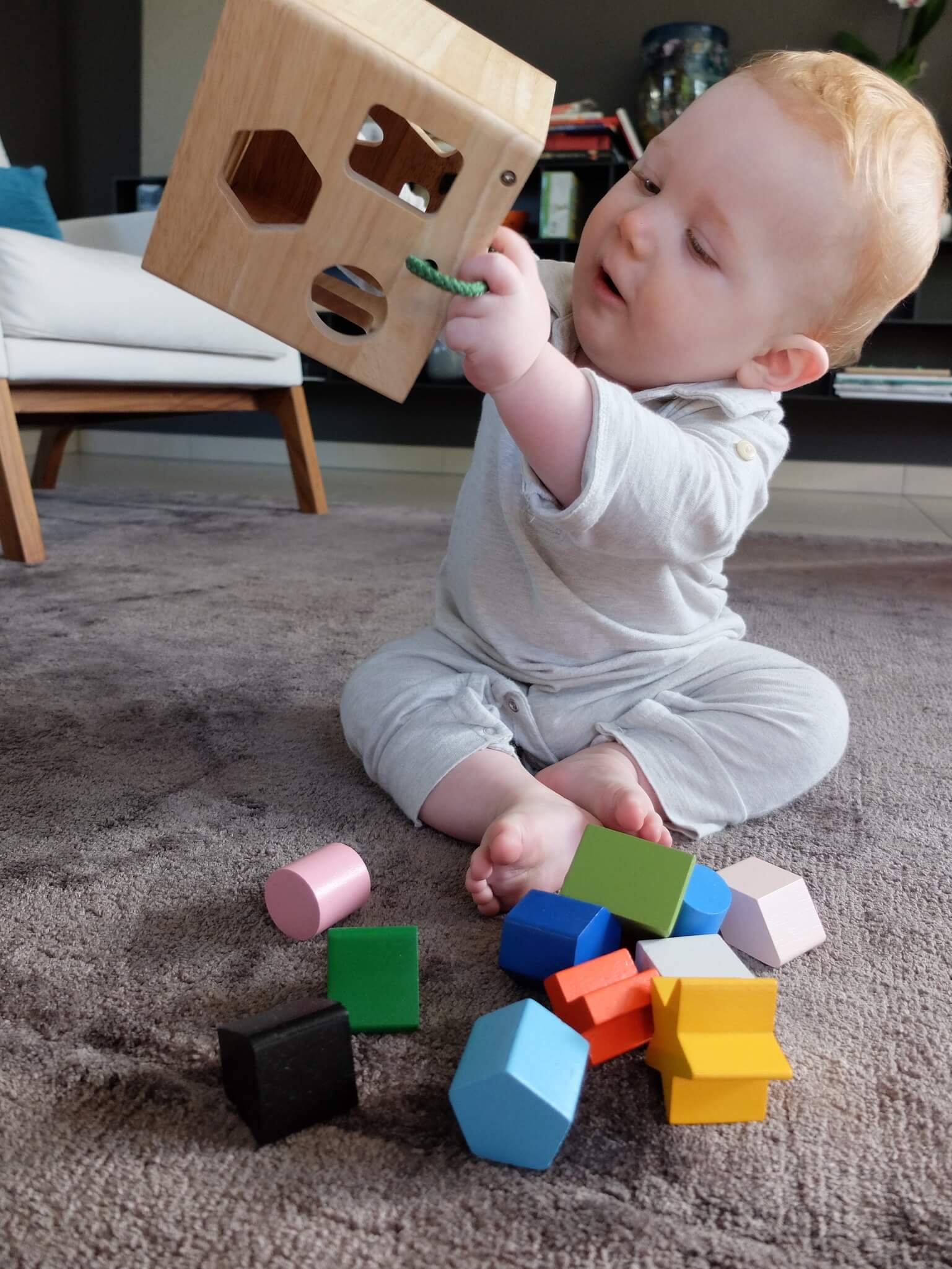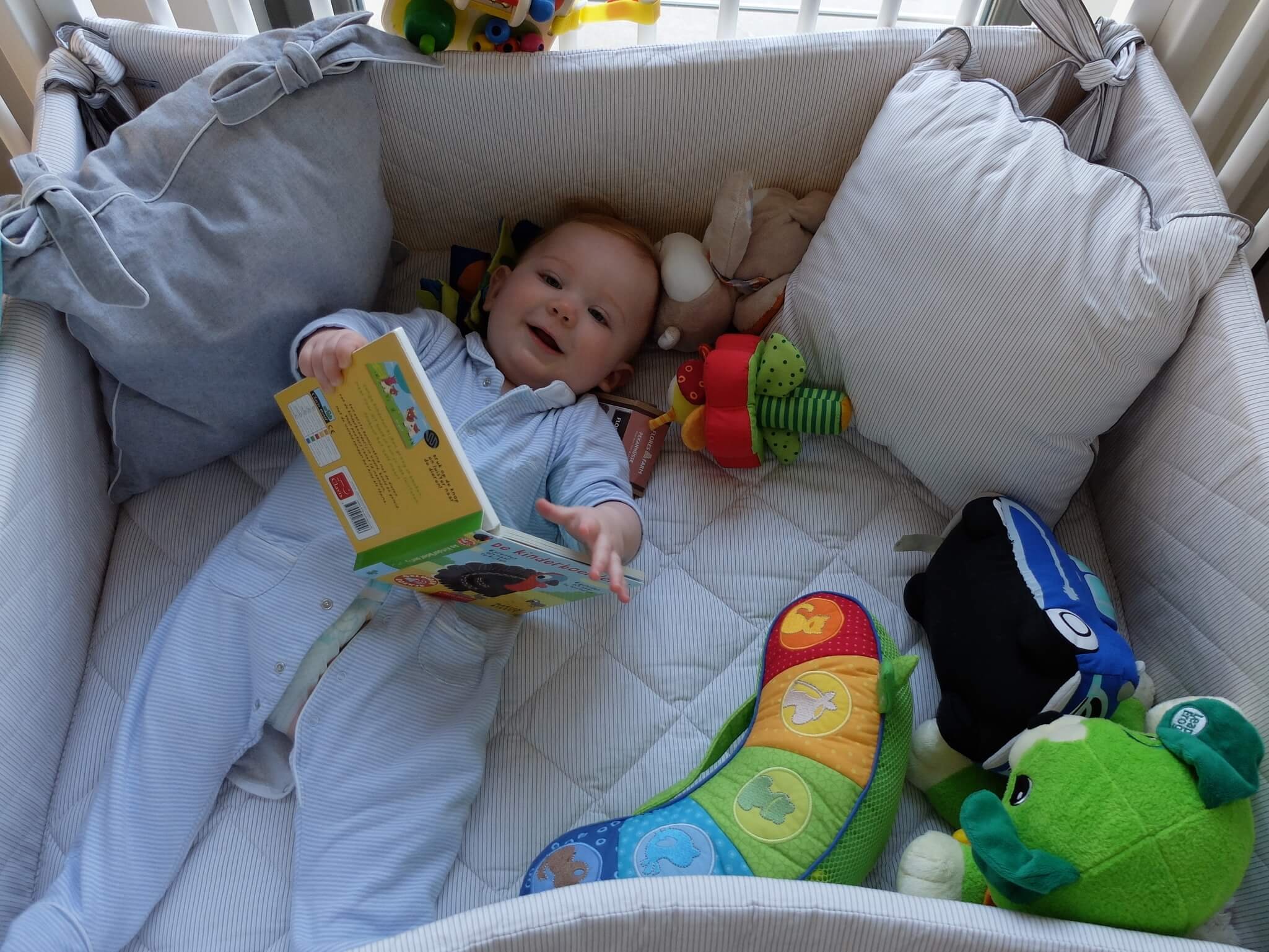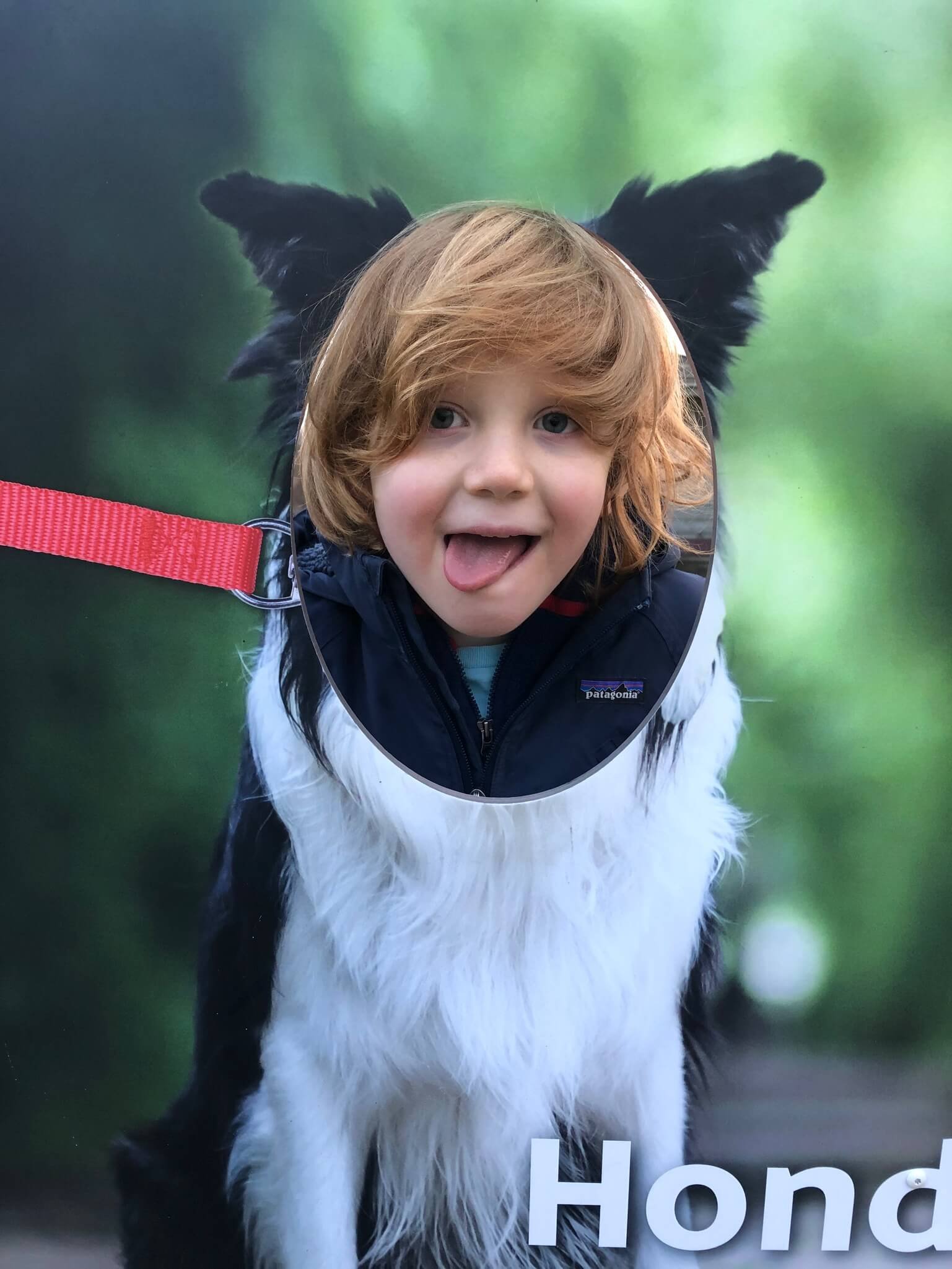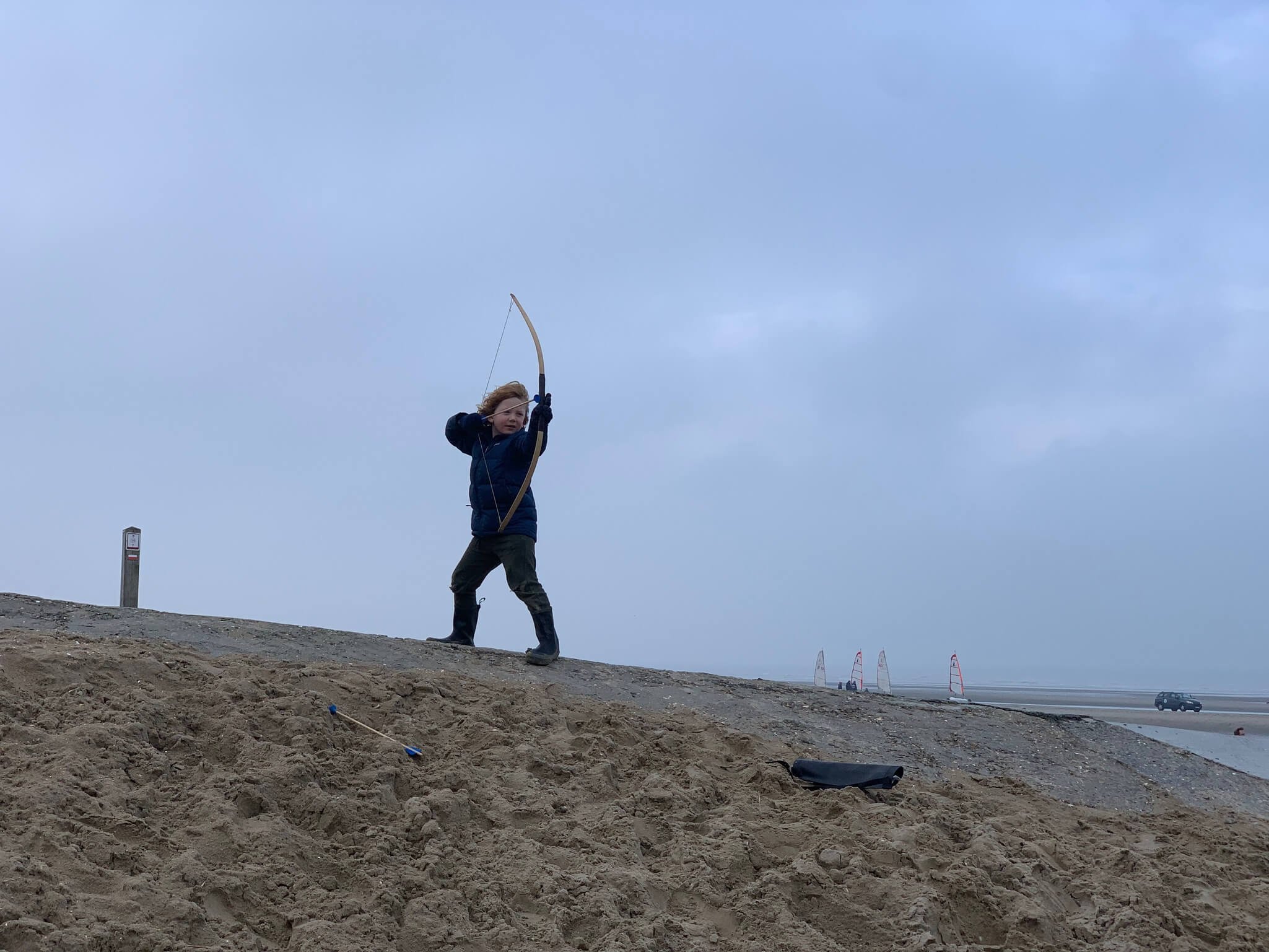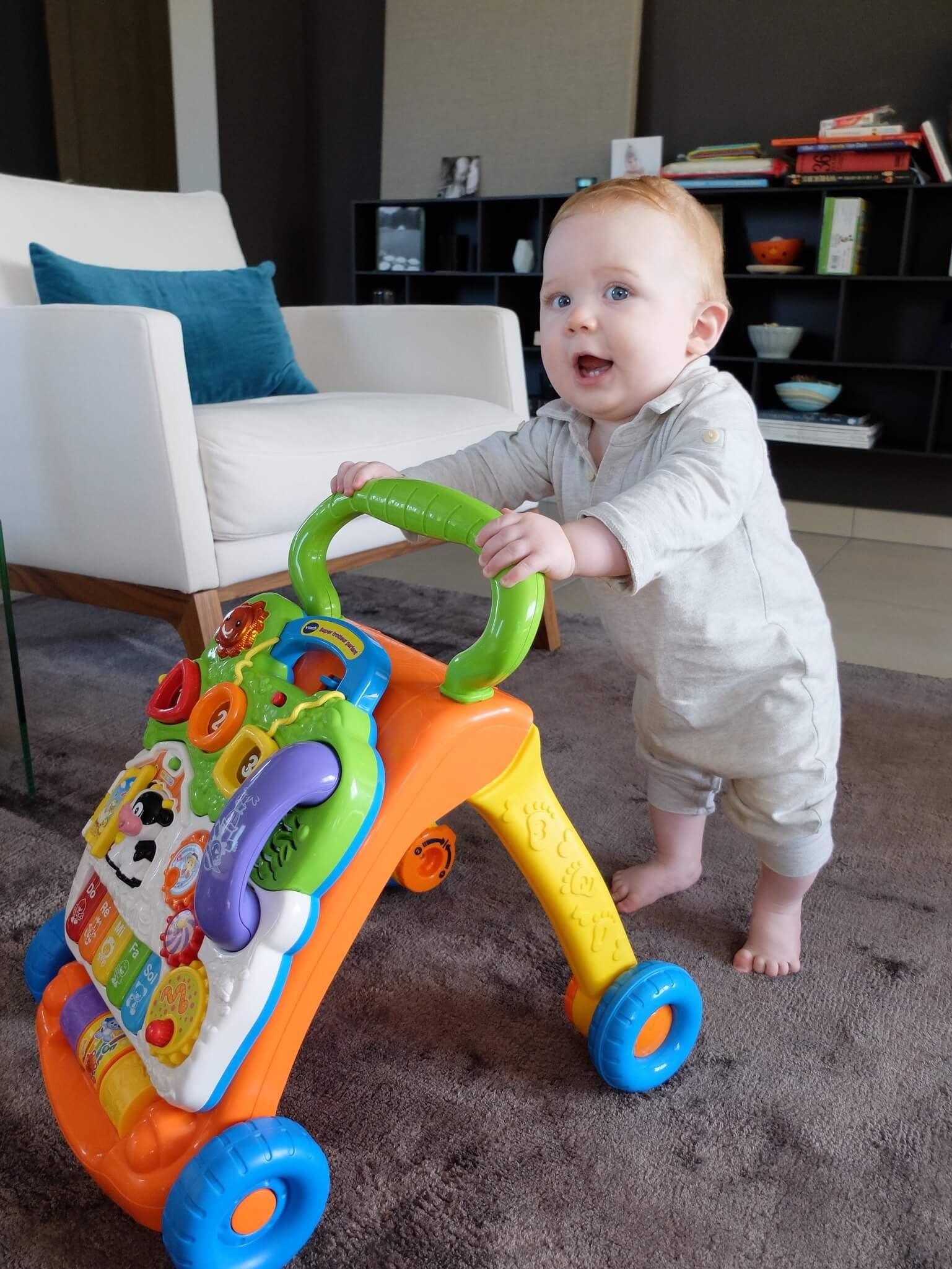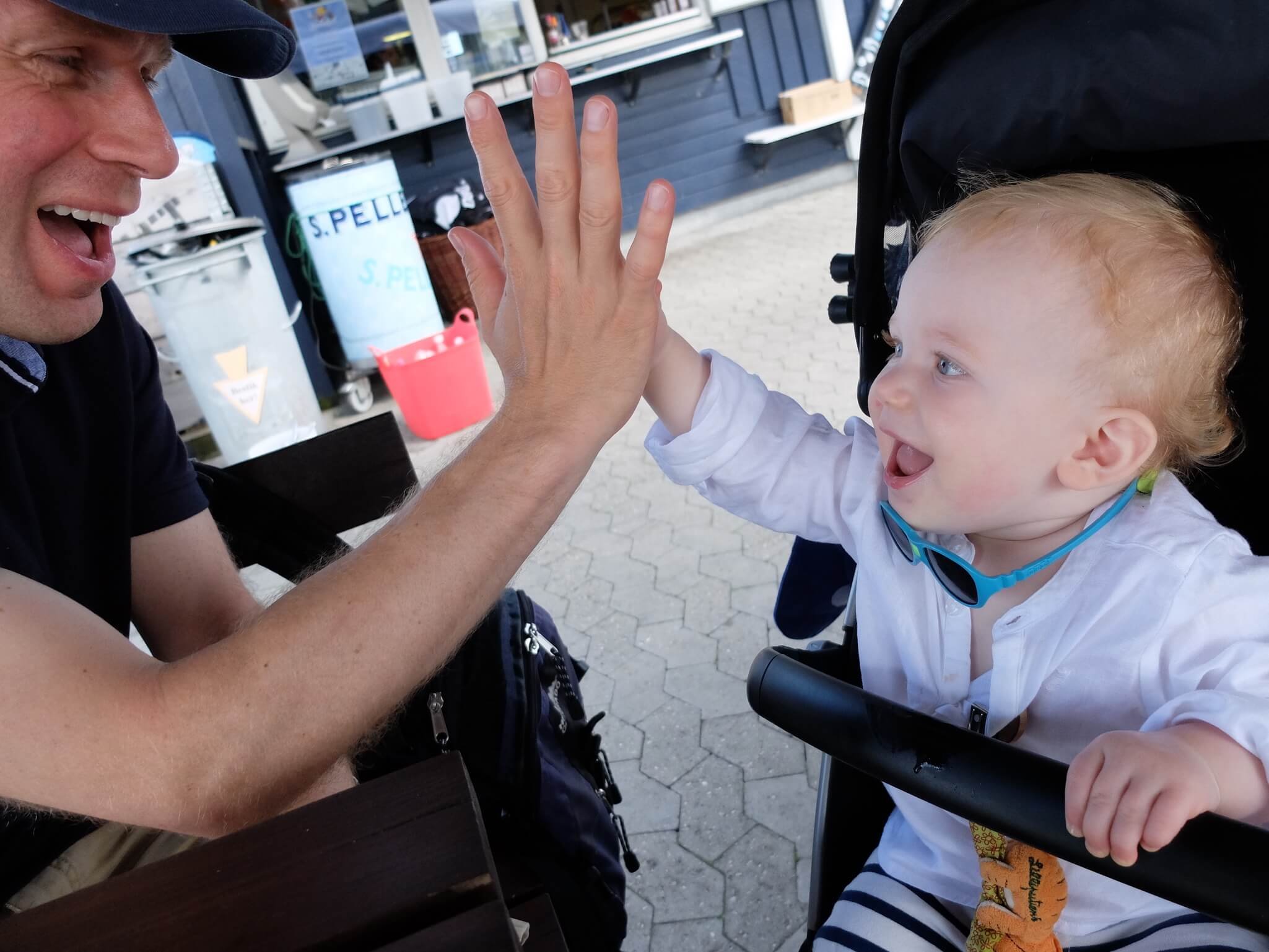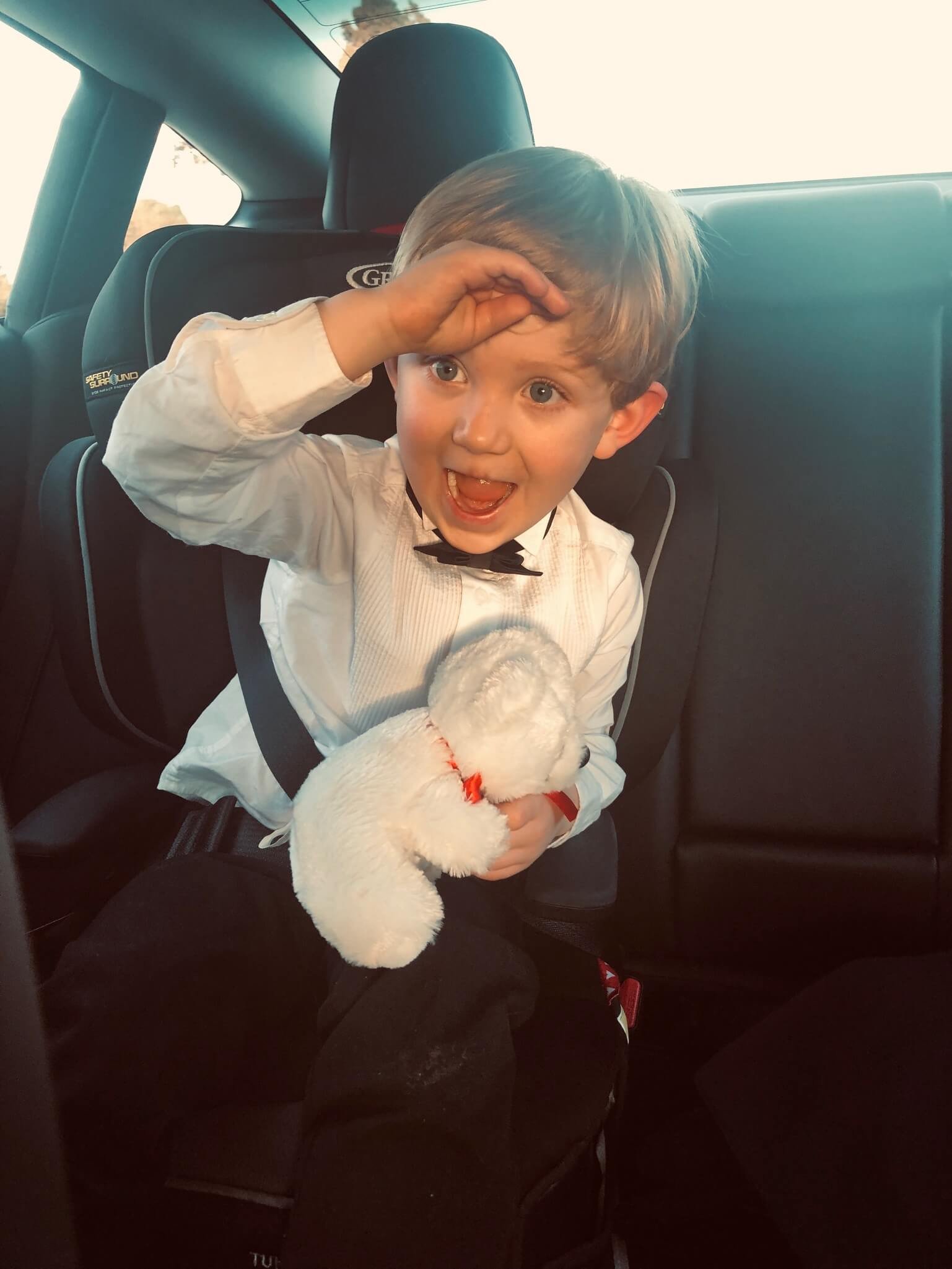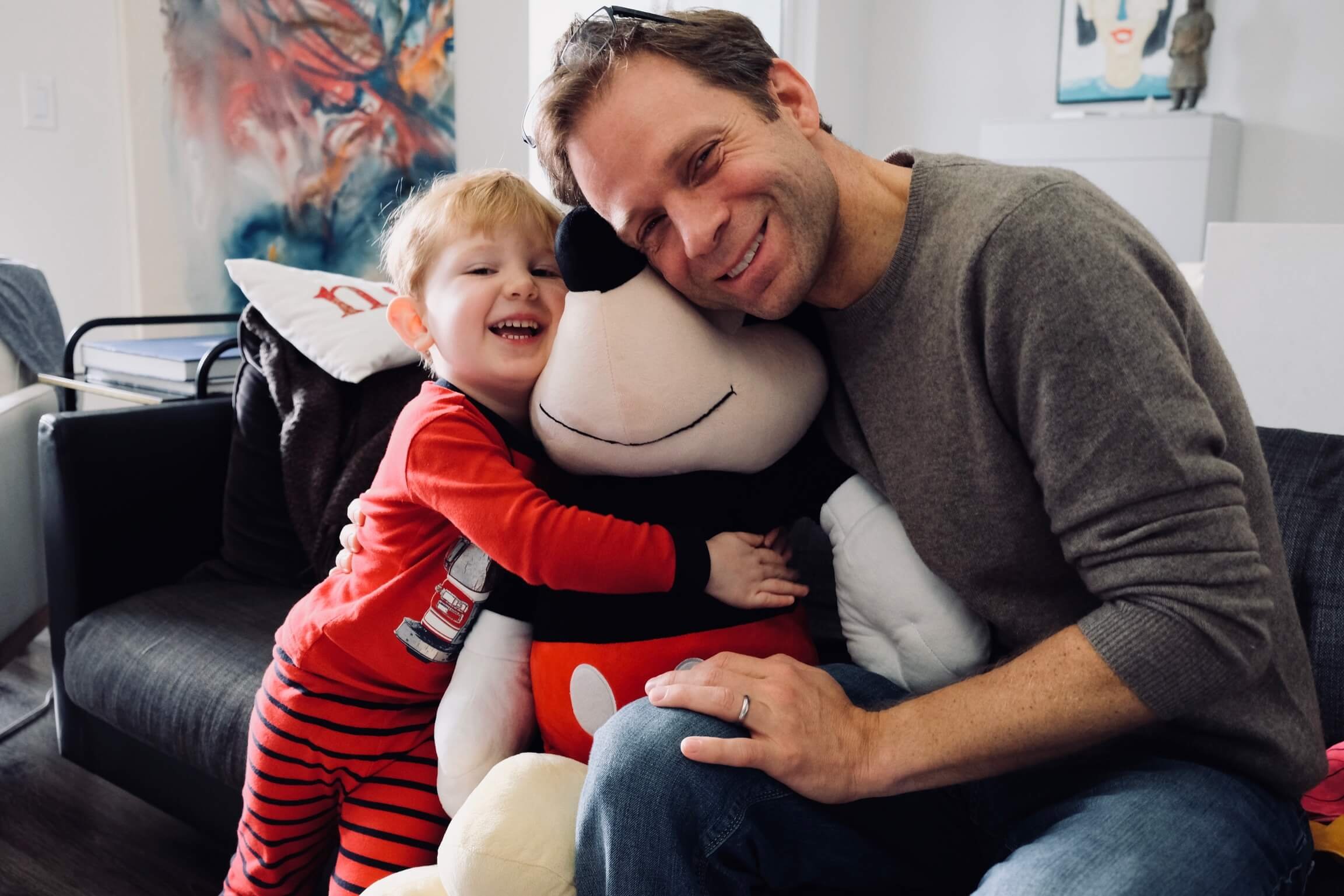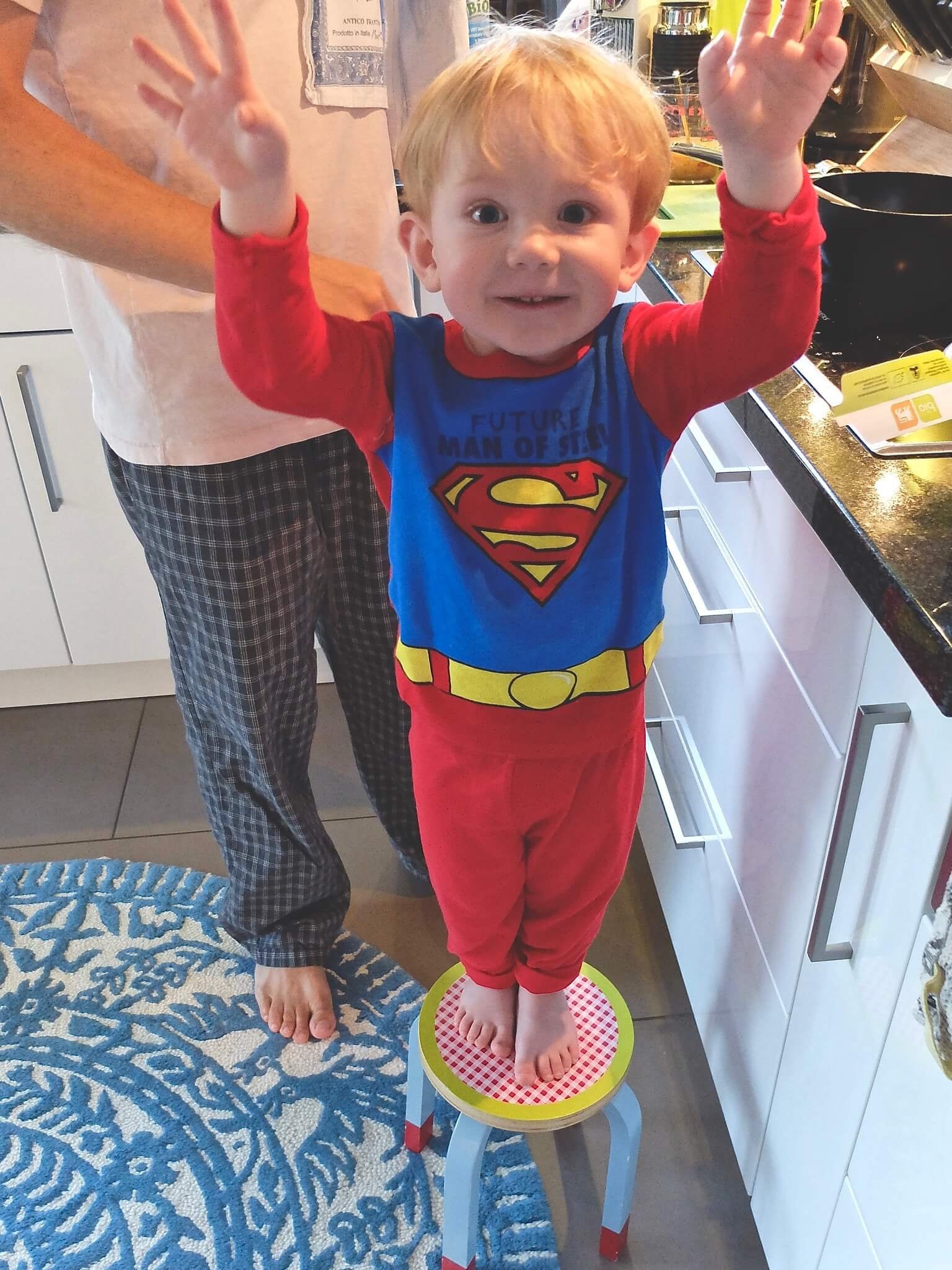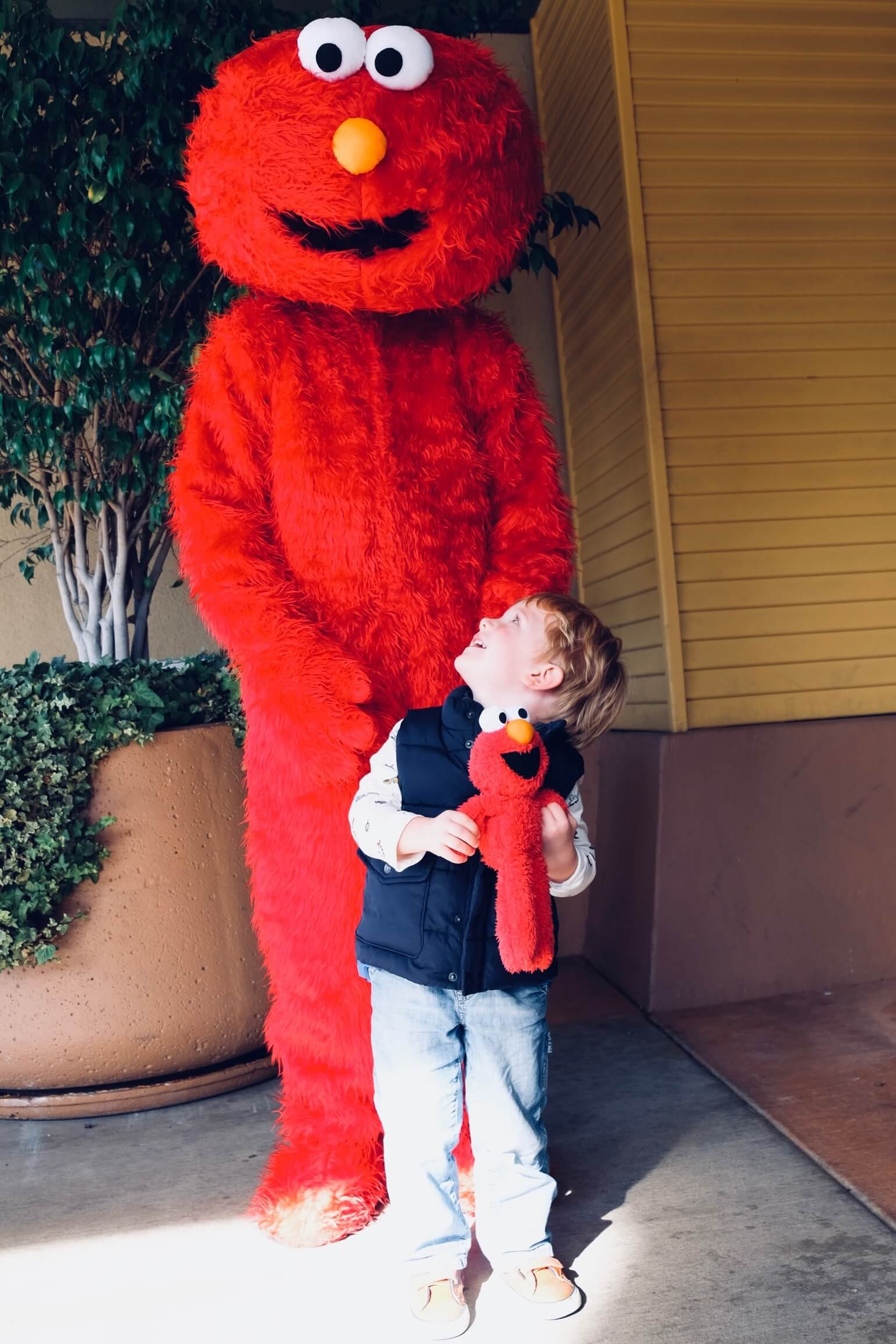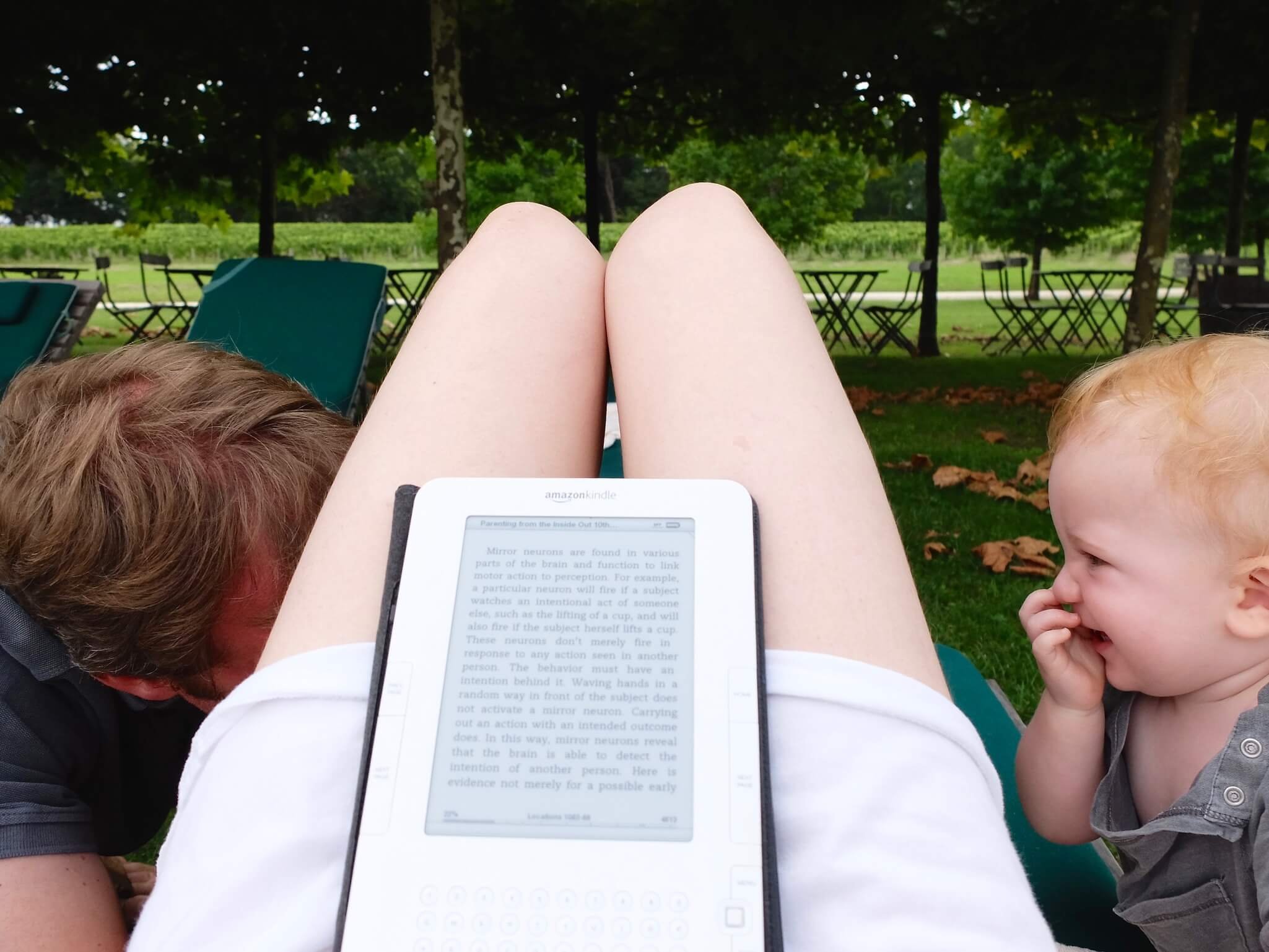Unlocking Language: The Secret Power of Play in Bilingual Development
Foreword by Founder & CEO of TA-DA! Language Productions, Michelle Glorieux
The CEO of TA-DA! Playing with her multilingual son
The Power of Play in Language Learning: Building Confidence, Security, and Success
As a trilingual mother and former teacher with more than two decades of experience in child language acquisition, I have always believed in the transformative power of creating a positive, nurturing environment for children to learn languages.
This article is a synthesis of those years of observation and practice.
We will delve into why play is not just beneficial but also a crucial component for young language learners.
By highlighting the value of play, I hope to encourage families to embrace a more relaxed and enjoyable approach to language learning, fostering a love for languages in their little ones.
1. Play Creates a SECURE Environment:
For young children, language learning can be an intimidating experience.
Unfamiliar sounds, intricate grammar, and new words can make them feel like they are stepping into unknown territory. This foreignness can be quite scary and uncomfortable for them.
However, play acts as a warm embrace, providing a secure environment for children to explore and engage with the new language. Through play, children can let go of their fears and anxieties, allowing their natural curiosity to take over.
This aligns closely with the core philosophy of the company I created for children’s language learning, TA-DA! Language Productions, where we create multi-sensory rich, hands-on, playful experiences for children in their early language learning journey.
2. Play Builds CONFIDENCE:
In order to learn a language, children need the confidence to express themselves. Play offers a safe space where children can experiment with the language, make mistakes, and learn from them without feeling judged or pressured.
Whether it's through role-playing, storytelling, or language games, play allows children to express themselves freely, building their confidence step by step.
This newfound confidence spills over into their language skills, empowering them to communicate more effectively.
Quoting the Department of Pediatrics at the University of Health Sciences, “The effects of games and toys on language development are enormous.”
3. Play Fosters a DESIRE for Language Learning:
By incorporating play into language learning, children develop a positive association with the language they are acquiring. Rather than approaching language learning as a chore, they see it as an exciting and enjoyable activity that brings them closer to understanding the world around them.
Play ignites their desire to learn, sparking their curiosity and motivating them to explore the language further.
For further insight, I highly recommend this enlightening read by the Lego Foundation that beautifully explains the science of play in language acquisition.
4. Play Boosts OVERALL Language Acquisition:
When children engage in play, they immerse themselves in the language naturally.
Seeing this as a teacher of language for more than 20 years inspired the development of TA-DA!’s first products, which I’m proud to say after many years of very hard work, have just hit the market.
Through interaction with our language-based talking toys like TA-DA!'s Talking Books, children absorb vocabulary, improve listening and reading, improve pronunciation - and are even exposed to culture, without necessarily even realizing it.
They are simply having fun.
My own learning journey brought me to Joe Shochet, truly one of the greatest in children’s educational app creation.
Having built codespark, which later evolved into Begin Learning, Joe was no stranger to merging education with technology - alongside playfulness.
What piqued my interest was his unique approach to language education, backed by a family of teachers, one of whom even teaches English in South Korea—much like my own teaching experience years ago. Joe graciously offered his expertise, becoming one of my long-time mentors in this ambitious project.
Why is this mentorship invaluable? Together, we delved into play -specifically the gaming elements that could elevate early language learning experiences. The 'seek and find' interactive features embedded in TA-DA!'s Talking Dictionary Word Books, for example, owe their intuitiveness and efficacy to this collaboration. Joe's influence has been a cornerstone in turning our interactive paper products into highly effective language learning tools.
These books are designed to make language learning irresistible—delivering 1,000 new words to children in every playful encounter, with an almost app-like responsiveness, but without the screen.
Joe's insights have been instrumental in refining our approach at TA-DA!, turning interactive paper products into highly effective language learning tools. It's through these kinds of collaborative efforts that we've been able to bring something truly new and impactful to the market.
Final thoughts and introduction to Dr. Gummer
There is no doubt in my mind that play holds the KEY to unlocking success in early language learning - and will largely determine the strength of the foundation being built.
From my 9-year-old son who recently took up his fourth language of his own accord, to the countless other little lives I've had the great fortune of teaching and knowing all over the world, I've witnessed first-hand how play can be the warm embrace of reassurance our children need, making language learning less intimidating and more exciting.
As we dive into Day 8 of the TA-DA! Community Blogathon focusing on the impact of play in fostering bilingualism among children, I am thrilled to introduce a special guest post by Dr. Amanda Gummer, an expert in child play. She will share her wisdom and years of dedication to the field of play, as well as insights into how toys, games, and activities can be integral in fostering bilingualism in children.
And for those interested in further reading - and delving in to the SCIENCE behind the matter, check out my curated list of must-reads at the blog's end.
Warmly yours in and play,
Michelle Glorieux
Founder & CEO, TA-DA! Language Productions
Day 8, TA-DA! Community Blogathon: Play and Its Impact on Bilingualism
Fostering Bilingualism Through Play: Toys, Games, and Activities for Children
Hello, I'm Dr. Amanda Gummer, and today I'm excited to explore the world of bilingualism and how toys, games, and play activities can play a crucial role in supporting this important aspect of a child's development.
Bilingualism not only opens doors to cultural diversity and global communication but also has numerous cognitive and social benefits and it’s best nurtured through play!
Here are some of the best playful ways to support children in their bilingualism:
1. Puzzles
Puzzles are excellent tools for building cognitive skills, and when used strategically, they can also enhance language development. Opt for puzzles that feature everyday objects, animals, or scenes labelled in both languages. This way, children can associate words in both languages with their corresponding images, aiding vocabulary retention.
The joy of reading transcends language barriers
2. Books and Audio Resources
Books and audio resources that are available in multiple languages can be invaluable for bilingual children. Choose stories and audiobooks that are not only entertaining but also have captivating narratives that make learning fun and engaging.
Interactive books with flaps, pop-ups, or touch-and-feel elements add an extra layer of sensory engagement.
Listening to favourite stories in other languages can be a great way to ensure children are hearing accents and dialects from within the languages they are learning.
There are lots of audio devices aimed specifically at children.
Some of our favourites here at the Good Play Guide include the Toniebox and Yoto
The building blocks of imagination and language
3. Language-Rich Building Blocks
Building blocks and construction sets provide endless opportunities for creativity and imagination.
To support bilingualism, select sets that include labels or instructions in both languages. This encourages children to learn and use vocabulary in both languages while they construct and play.
A great example: Magicube with magnetic letters that stick to the blocks and include letters with accents etc so can be used to create words in a variety of European languages.
Unlocking the power of bilingualism: a young learner captivated by an interactive toy and its app counterpart
4. Language Learning Apps and Games
In today's digital age, there is a plethora of apps and games designed to support language learning. Choose ones that are age-appropriate and offer bilingual options. Interactive games that involve vocabulary quizzes, word associations, or storytelling in both languages can be particularly effective.
We have reviewed lots of language apps for the Good Play Guide and Special Words, Mind Snacks and Moka Mera Lingua were really popular with our testers.
Imagination knows no linguistic bounds!
5. Role-Playing Sets with Multilingual Props
Role-playing sets like kitchens, doctor's kits, or shops can be fantastic tools for language development. Include props with labels in both languages to encourage dialogue and imaginative play. This not only expands vocabulary but also helps children practise using the languages in realistic scenarios.
TA-DA! Flashcards: Making Language Learning a Game
6. Multilingual Flashcards
Flashcards are versatile tools for vocabulary building. Create sets with images and words in both languages and incorporate games like memory, matching, or "I spy" to make learning playful and interactive. Regularly reviewing flashcards can reinforce vocabulary retention, but make it fun.
Rhythms of the world, languages of the heart
7. Music and Songs in Multiple Languages
Music is a powerful tool for language acquisition. Introduce children to songs and nursery rhymes in both languages. Singing along helps with pronunciation and rhythm while making the learning process enjoyable.
8. Bilingual Board Games
Board games offer a wonderful opportunity for family interaction and language practice. Look for games that have instructions and components in both languages. This encourages conversation and strategic thinking while honing language skills.
Nurturing bilingualism through play is an enriching and effective way to support a child's language development. By incorporating these toys, games, and activities into their daily routine, you're not only enhancing their linguistic abilities but also fostering a deeper appreciation for cultural diversity. Remember, the key is to make learning enjoyable, so let your child's curiosity and creativity lead the way!
**********
Dr. Amanda Gummer
About the Author
Amanda is a research psychologist, passionate about children’s play.
She is the CEO of the research consultancy Fundamentally Children (www.fundamentallychildren.com) and Dr Gummer’s Good Play Guide (www.goodplayguide.com) - a consumer-facing review site for children’s products and services including: toys, games, apps, educational and baby products. She is the independent chair of the Association of Play Industries, is an NED for Families in Focus CIC, and is on the advisory board of a small number of mission-led startups.
Amanda has a PhD in neuropsychology, the Postgraduate Certificate in Higher Education and over 20 years experience working with children and families.
Widely considered as the UK’s go to expert on play, parenting and child development, her book ‘Play’ was published in May 2105 and has been translated into different languages with extracts being published in the USA’s Toy Industry Association’s Genius of Play initiative for which she is an expert ambassador.
Amanda has an increasing international profile and was commissioned by the Toy Association to create the STEAM toy accreditation framework. She is the UK Chapter chair for WIT - an international networking group supporting women within the toy and licensing industries.
Amanda is regularly in the media and continues to take an active role in research, presenting papers at various international conferences. She is often involved in government policy around children’s issues, presenting her Balanced Play Model at the European Parliament in September 2019.
Our family's playbook: From board games to word puzzles, play is our universal language!
The TA-DA! Approach: Bridging Theory and Practice
This post by Dr. Amanda Gummer adds a critical layer to our ongoing discussion on bilingualism.
If you're new to our blogathon, you may want to start with 'Why Grow Up With More Than One Language’ by Dr. Ute Limacher Riebold and 'Deep Dive into Bilingualism: A Comprehensive Guide for Parents’ by our own Michelle Glorieux.
At TA-DA!, we believe in making bilingualism accessible and joyful through an integrated approach that blends play, music, art, and language. Our award-winning Talking Books are designed to bring languages to life beyond screens, allowing kids to engage in multi-sensory avenues—seeing, hearing, and touching—as they explore new languages.
Discover how TA-DA!'s innovative products and approaches can revolutionize your child's language learning journey.
Read More:
Deep Dive:
1. Play Creates a Secure Environment
Guidelines on Physical Activity, Sedentary Behaviour and Sleep for Children Under 5 Years of Age, by WHO
Unlocking the Power of Play… by Sesame Workshop
Global Organizations Call for Technology Companies to Prioritize Children's Well-being: An international research project from UNICEF, the LEGO Group and child development experts will develop tools to empower businesses and policymakers to protect and promote children's well-being in a digital age
2. Play Builds Confidence
The Importance of Play: A Situational Analysis of Play in Four African Countries, by LEGO Foundation and UNICEF
Read what our CEO’s Advisor atTA-DA! has to say on ‘The Power of Play’, by Melissa & Doug
3. Play Fosters a Desire for Language Learning
4. Play Boosts Overall Language Acquisition
Playing for the Future: How Learning through Play Builds Better Education Systems, by The LEGO Foundation
Learning through Play: A Review of the Evidence, by The LEGO Foundation
Holistic Early Childhood Development Index (HECDI) Framework, by UNESCO
The Importance of Play in Promoting Healthy Child Development and Maintaining Strong Parent-Child Bonds, by Kenneth R. Ginsburg. Published in American Academy of Pediatrics
Early Language Learning and Literacy: Neuroscience Implications for Education, by Patricia K. Kuhl. Published in Mind, Brain, and Education













